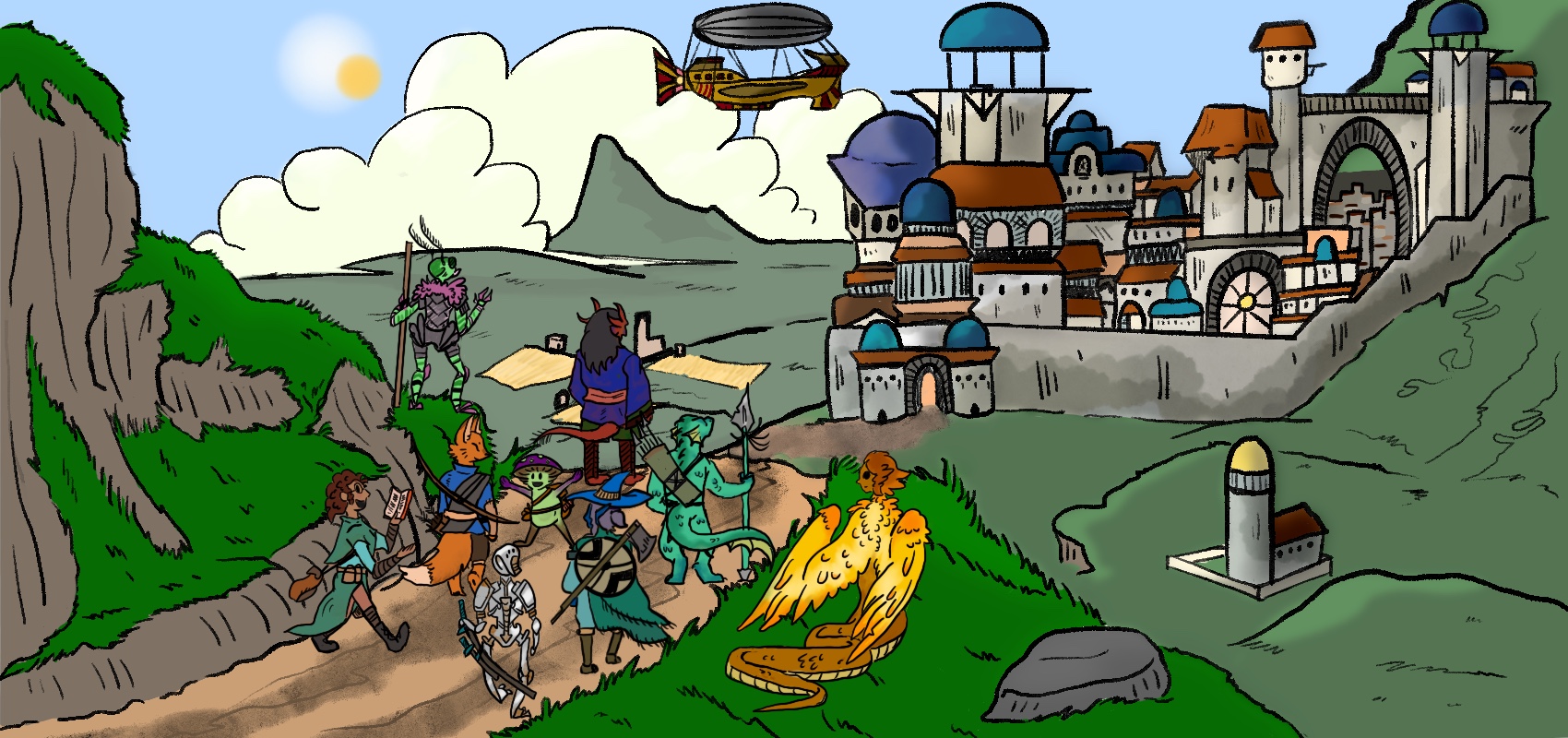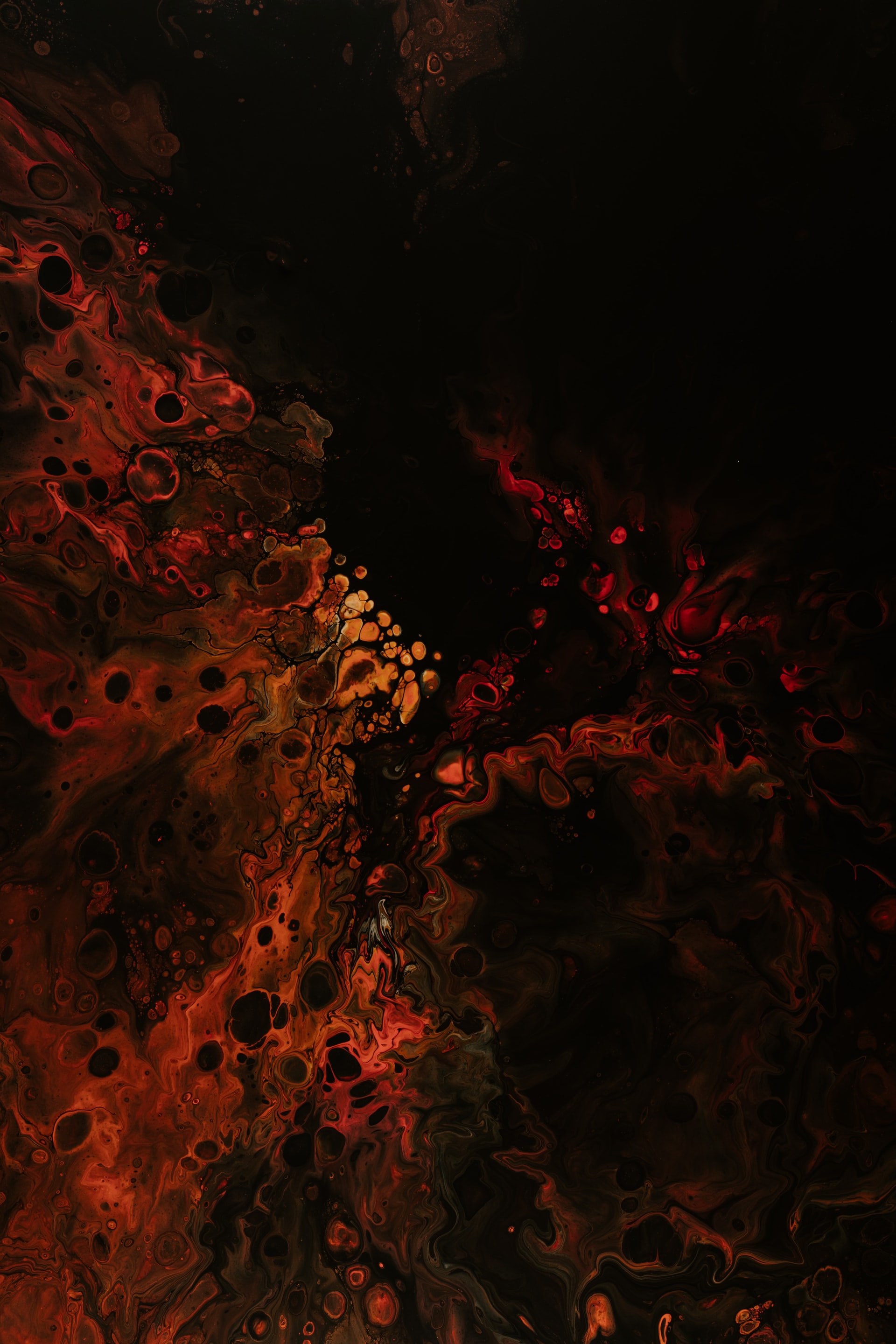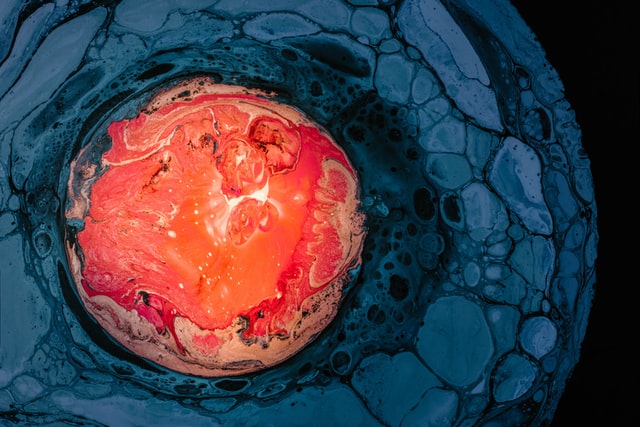Charagma
Do not fear corruption; fear is the ahamkar, fearing the discovery and destruction of itself. But the fear it manifests is an illusion; when we fear, we look outside. Notice where you tie yourself to a perception of yourself; this is what takes you outside your own body, and reveals how your ahamkar has usurped and replaced you.—The goal is to get back inside ourselves, to sit in our own center. To be usurped is to invite more corruption, to invite charagma.Charagma as a sentient force existed before the time of the gods but necessarily after frithlings as it needed something to feed on and exclude. With the appearance of Charagma, life was forced to take a shape rather than meaninglessly meander. It gave greater drive to the frithlings and how they bound together, lest corruption claim them.
Charagma is neither living nor dead, and it is not a spirit. It is a natural presence, akin to a baleful wind. However, charagma has a will of its own—to consume. Frithlings serve as a direct contrast to charagma; while one brings life, the other takes it. Alchemists have observed two things through the charagma’s will to consume consumption:
- charagma is responsible for the void inside all sapient species which gives their their ambitions and desires—known simply as the void of the soul
- charagma, through the void of the soul, is able to acquire and manifest magic
Manifestation
Charagma has a tangible physical form—but in the singular sense, it is no bigger than a small plant mite. In fact, charagma naturally occurring on Ars Materia—the home plane of most sapient species is so few and rare because it can only persist in bodies of water. This is due to the Primordial Geometries—water is the most stable and pure source of the elemental aspects. In a source of water, charagma floats about, feeding on mana, multiplying, and contaminating open water sources. Mana can come from two sources: from the natural world, or from a mage.Charagmic Blooms & The Moon Pelagia
Pelagia is known as the Dread Moon, it fades into and out of existance in the night sky, and is a physical representation of the plane Pelagia. All Charagma that ever was or will be has a presence on Pelagia.Yes, you heard that right—“was or will be”. So, how can charagma exist in two places at one time? Think of it like this. We are alive, but we will die. Our potential transition from one point of being to another is inevitable. Charagma, as neither living nor dead, exists at these two points simultaneously. If charagma disappears on Ars Materia, it has the potential to come back; it is simply hosting itself on Pelagia for a time. This is why Charagma is so important to planar travel—the potential to be at two places at once!
As such, when Pelagia is fully visible and over a body of water, the charagma is able to more readily move from one plane to another. When charagma blooms in Ars Materia, it is due to an increase of mana in or near a open source of water. This sends a signal to charagma on Pelagia of said increase, and which causes other charagma to teleport to the location of the first charagma. Colloquially, this is referred to as “Red Tide”. If charagma cannot access a way to reach the mana outside the open water source, or if the mana increase can be devoured within the open water source itself, the bloom will thereafter eventually scatter and return to nominal levels.
Manifesting Charagma with Magic
Charagma is often an unfortunate byproduct of using magic, and cities without access to clean water will invariably have to deal with charagmic blooms if they do not limit the usage of magic within their city. Outskirt villages suffer from this too and have to come up with ways to remove charagma from their water. Some, however use this to their advantage.
Trained mages can manifest charagma and create golems to serve their needs. While this practice is often considered barbaric and dangerous, the golem itself is farm more dangerous. Able to infest and add hosts onto itself, it is usually enough of a deterrent to keep most bandits from ever attacking a village. The issue becomes maintaining the golem.
If the people utilizing the charagmic golem are smart, they will have several mages to take turns focusing on controlling the construct. But even so, depending on the size of a construct, up to ten people can be needed to control a golem at one time. The inevitable doom that befalls a village unable to control its construct is a fate worse than death—a Faustian Burn. If untreated, it turns the infected into one of the charagma, which is how victims are often assimilated.
Charagmic Condtitions
Because the Charagma can infect water sources, it is usual for those who drink unfitted water sources to suffer ill effects; when a few charagma are ingested, it causes illnesses—everything from stomach bugs to infections. In a wound, an infection would occur as it would try to rot and eat into the body. When in small quantities, charagma is responsible for some of the natural diseases within Ars Materia, as well as a few malignant magical conditions. Some of the most infamous conditions occur when a person is attacked by the amassed charagmic forms—the golems or amalgams.Faustian Burn
Notice here how the skin moves of its own accord, the spams and lurches of the arm’s muscles. See the discoloration? It is not an infection as we would normally think of it, and the arm is not undergoing necrosis. No, the arm and the whole body is being consumed and assimilated. Consider the case study of King Faust—...
Whether by charagmic golem or the amalgams that roam, to be attacked by one is to suffer a Faustian Burn. Faustian Burns seem to only occur with those who possess a void in them, and most often to arrogant mages. The Faustian Burn was named after one such fellow—the first man who attempted to achieve godhood through the self-infection of charagma.
In it’s first few stages, the burn itself might first seem an innocuous thing: the area numbs, the wound does not heal, and leaves it open to other charagma that might infiltrate the wound in the water. It then slowly eats away at the body, assimilating it and making the body its own. These charagma are called demons, once the host has been fully taken over, and can switch between its old human form—and any other form it claims, and its true charagmic form.







Comments